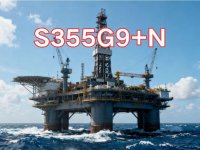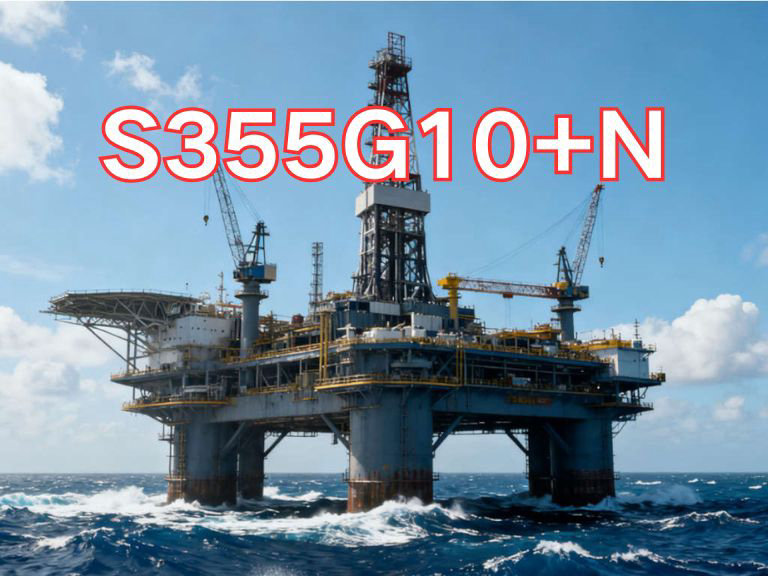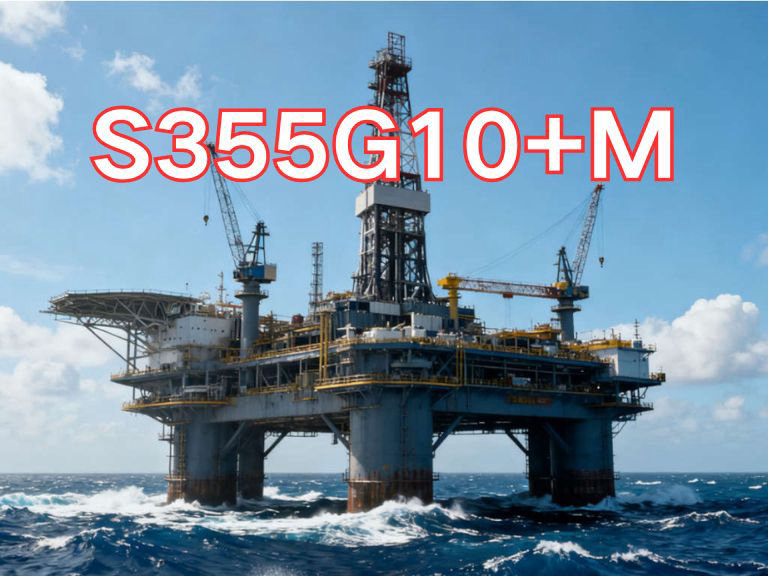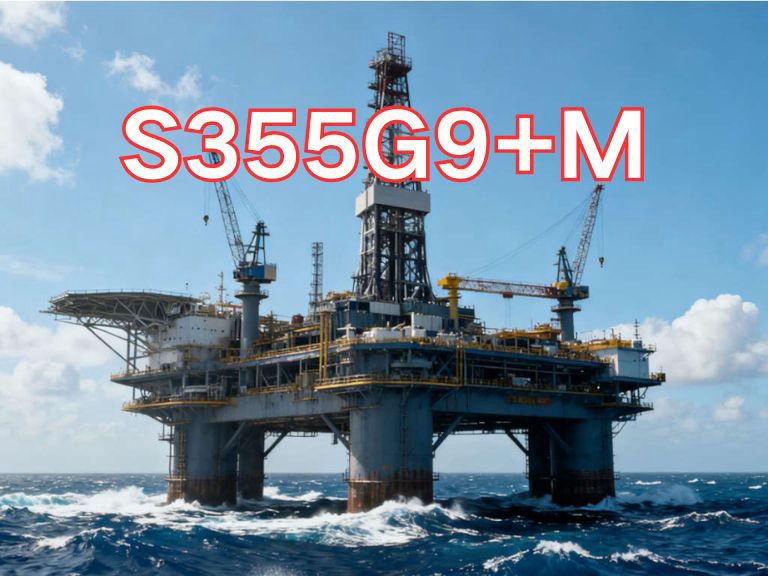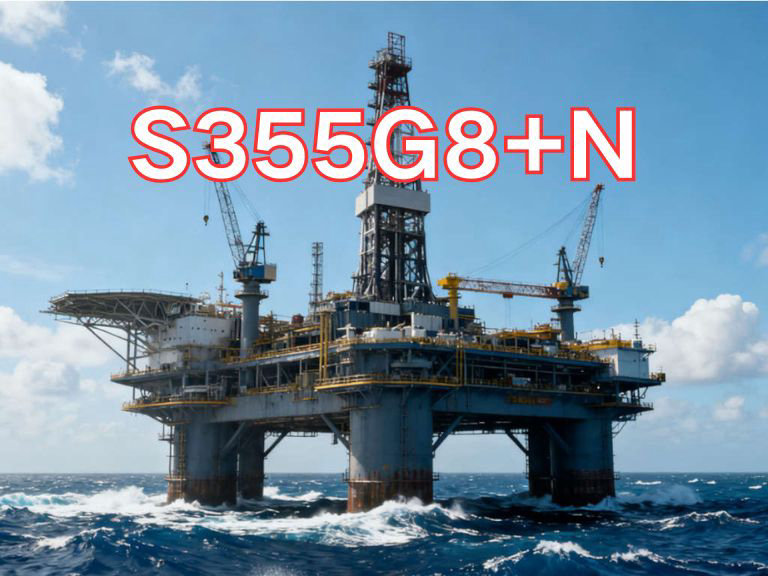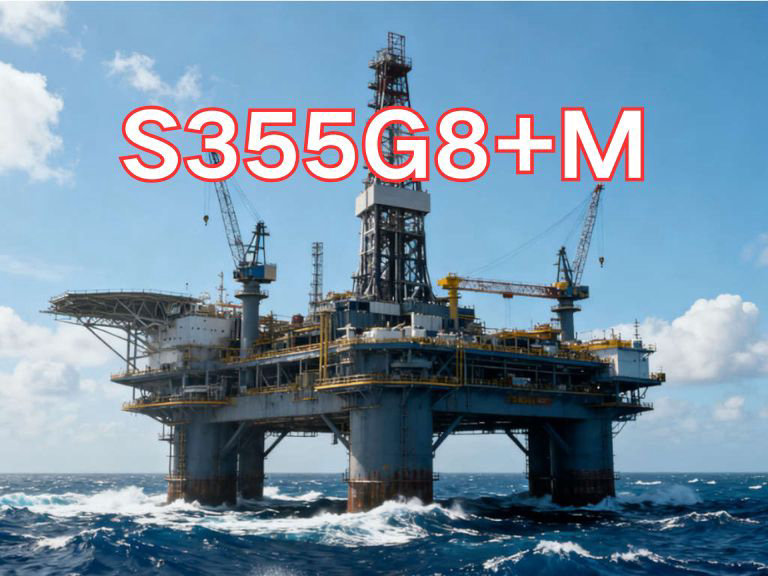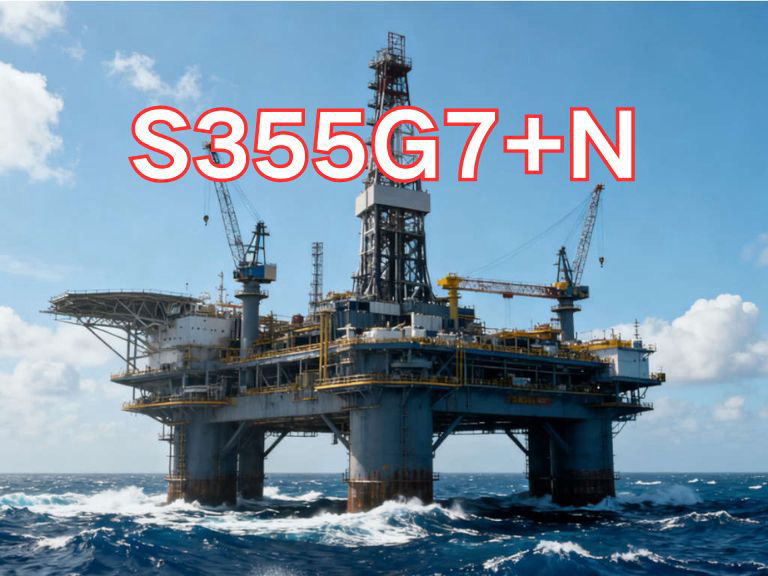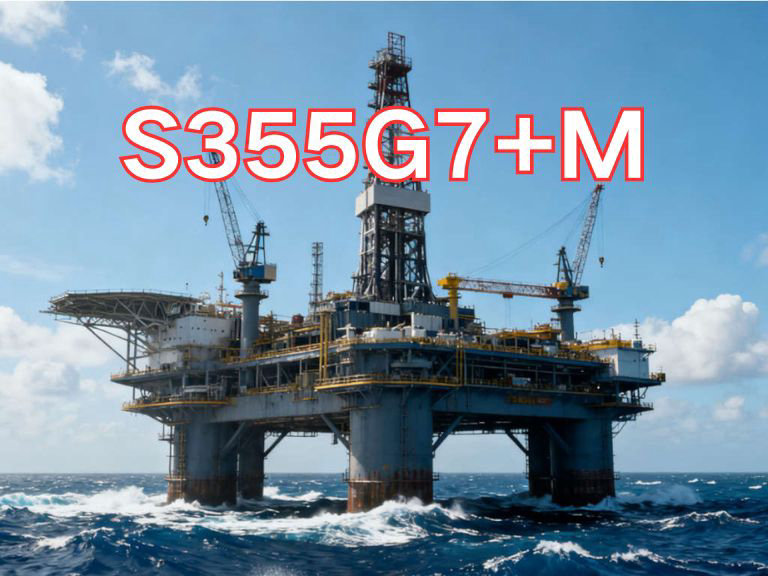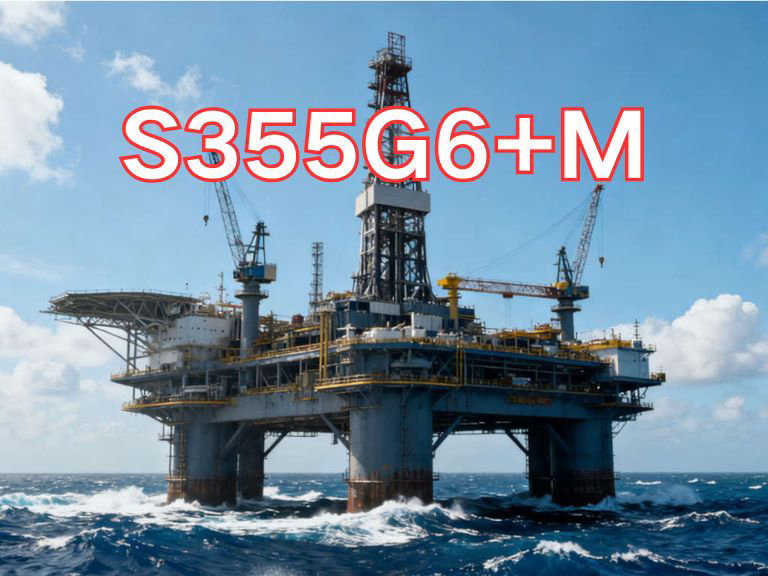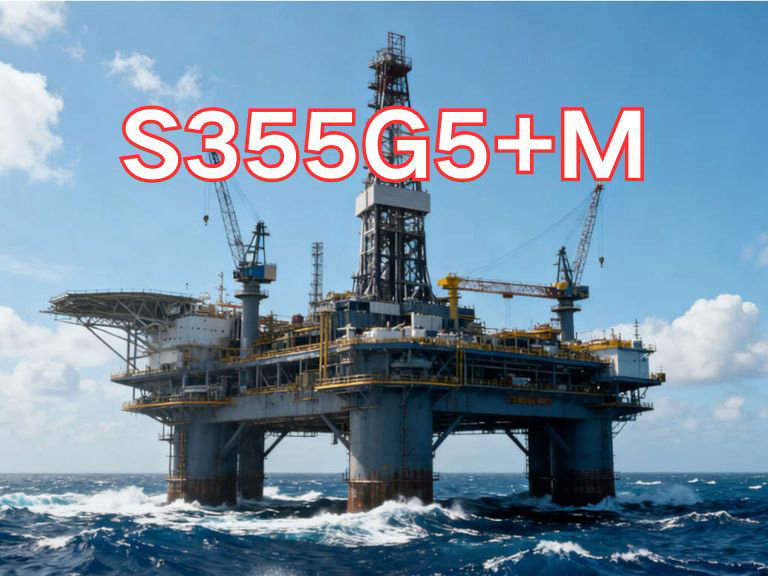

S355G9+N
S355G9+N is a kind of European standard high-strength structural steel plate widely used in the marine engineering field, and its grade contains clear information about performance and technology. Among them, "S" stands for Structural Steel, "355" indicates that the minimum yield strength of the steel plate is not less than 355MPa, "G9" is a numerical code identifying the characteristics of the steel grade, specifically referring to the steel type suitable for fixed offshore structures, and "+N" indicates that its delivery state is normalized or normalized rolling. This treatment can effectively optimize the internal structure of the steel and improve its comprehensive performance.
The core application scenarios of this steel plate focus on the marine engineering field, and it is an ideal material for offshore and offshore oil platforms, dock load-bearing equipment, offshore bridges and key ship structural components. The reason why it can adapt to the marine environment lies in its outstanding performance characteristics: in terms of mechanical properties, the tensile strength is stably between 470-630MPa. Even if the thickness exceeds 100mm, the yield strength can still maintain more than 320MPa, and the impact absorption energy at -40℃ low temperature is not less than 50J, which can resist the harsh low-temperature conditions in the ocean.
The process adaptability is also excellent. The carbon content in its chemical composition is ≤0.12%, the carbon equivalent (Ceq) is at most only 0.43%, combined with the strictly controlled phosphorus and sulfur impurity contents (≤0.02% and ≤0.010% respectively), endowing the steel plate with good weldability and cold forming ability, which can complete processing and installation without complex pretreatment. In addition, the addition of micro-alloying elements such as niobium, vanadium and titanium further balances the strength and toughness, meeting the long-term fatigue resistance requirements of marine structures.
At present, the standard adopted for S355G9+N steel plate is the European standard EN 10225-2009. This standard fully regulates the chemical composition, mechanical properties, flaw detection requirements of welded structural steel for offshore platforms, and is the core basis for ensuring its quality stability.

Ultrasonic Testing (UT)
A key non-destructive testing technique that uses high-frequency sound waves to detect internal flaws in steel plates. The probe emits sound waves, which reflect when encountering defects such as cracks or inclusions. The receiver captures the echoes, enabling precise determination of defect location and size. With high sensitivity, strong penetration, and fast inspection speed, UT effectively ensures internal quality, widely used in the production of heavy plates, pressure vessel plates, and other high-end products to guarantee safety and reliability.

Magnetic Particle Testing (MT)
A common surface inspection method that magnetizes the workpiece, causing leakage magnetic fields at surface or near-surface defects like cracks or inclusions, which attract magnetic particles to form visible indications. Simple to operate and highly sensitive, MT is suitable for rapid inspection of surface and near-surface flaws in ferromagnetic materials, widely used for online or offline inspection of plate edges, ends, and welds, ensuring product quality and safety.

Penetrant Testing (PT)
A non-destructive method for detecting surface-breaking flaws. A penetrant liquid is applied to the cleaned steel surface, allowing it to seep into defects such as cracks or pores. After removing excess penetrant, a developer is applied, causing the trapped penetrant to bleed out and form visible indications. Simple and cost-effective, PT is suitable for inspecting surface defects in various non-porous materials, commonly used for welds, castings, and complex components, effectively ensuring surface quality of steel plates.

